Today, I’m going to share a few basic guidelines that players of any Magic experience level can use to tune the consistency of their Commander deck. The specific things I like to do in order to make them better are all informed by understanding the context of the format as it is commonly played.
The most important thing to keep in mind is that Commander is a multiplayer casual format and not a one-on-one competitive format. What does this mean?

I wrote this article a few weeks ago and it identifies some of the areas where the relative value of cards and strategy diverge in multiplayer relative to one-on-one duels.
Another important piece of context we should bear in mind is that Commander doesn’t have a metagame to guide or inform deck construction. A metagame is a predictable field of strategies that a player would expect to play against in an event.
The format is an eternal format (huge card pool) that is also singleton, which leads to a lot of diversity of strategies out of the gate. The curators of the format also discourage a lot of strategies that they advise to be “unfun” for instance mana denial and prison decks. So, players tend to be encouraged to model their play after other high profile player’s preferences as opposed to building decks that do strategically powerful things.
When it comes to playing Commander, I think there’s a lot of incentive to stay in the shallow end of the pool and not make too many waves. There’s already so much written about how Commander is a social experience and it’s simply easier to accept an imperfect system than fight against it.
Despite the fact that I recognize mass mana denial spells that make it difficult for my opponents to “do their thing” without resistance improves as a strategy in multiplayer, I tend to avoid it altogether because the EV of winning isn’t worth listening to people regurgitate talking points about what others have espoused as “unfun.”
I try to build decks I don’t need to defend in a pick-up game at a LGS and that has been an overall productive approach. I also typically build my Commander decks with a sideboard of cards that I can swap in or out to change the relative power level of my deck.
For instance:
My favorite Commander deck to play is my mono-black Zombie tribal deck and I can radically adjust its Rule Zero power level by swapping out the three most powerful bombs: Necropotence, Phyrexian Altar and Bolas’s Citadel.
Recognition of how particularly powerful cards change your play patterns goes a long way to understanding how your deck works and in a “social experience casual setting,” being cognizant of playing a deck that’s fairly matched against the other three players will lead to more compelling games.
Understanding the how, when and why to make your deck worse (in context) is a master class lesson in actually understanding how to play the format well. For me, the objective isn’t to win every game (as it is in competitive duels), it’s much more about playing a game where everybody is included, participating and sharing in the experience. The cards I’m most inclined to cut (Necro, Altar and Citadel) are really the ones that sort of take my opponents out of the game because they allow me to take a ton of free actions in a row. It’s also worth noting that all three of my side-outs are cards that have better utility in the types of multiplayer games I’m likely to plan than they would be in one-on-one duels.
Without tooting my own horn too much, I’ve played some Magic and designed some game-changing busted decks over the years and I tend to spend more time tuning my EDH decks down than actually tuning them up! I say this to stress the importance of having a deck that plays well with the other decks I’m likely to face off against. In Commander, playing a deck that is too powerful for the table is just as undesirable as playing a deck that isn’t good enough!
I spent too much time on discussing how I tune down to stress a point: having a deck that is balanced to play against the other decks at the gathering is basically the only useful metric for EDH play because the point of the games is the play itself. With that said, I think this kind of thinking is most useful when applied to other veteran players with a lot of tournament experience to help understand not only how, but why, it’s advantageous to read the room and make adjustments in the name of cohesive play.
On the other hand, I know there’s also a lot of new Commander enthusiasts who are trying to learn how to improve their decks and work upward toward that consistent LGS baseline power level and we can do that as well.
A 100-card singleton deck is a delicate balance of resources and tools. The most important part of building a Commander deck is understanding that it’s not a two-player deck but rather a deck designed to navigate a match between three opponents at the same time.
The relative value of things changes as the context changes, so while it’s useful to know things about building decks for other formats, it’s also important to understand some things that don’t translate very well. In particular, attacking and pressuring life totals with combat damage. Each opponent has 40 life (as opposed to 20) and there are three opponents. So, “racing” is redefined since the requisite amount of combat damage required to win the game is 120 as opposed to 20.
Red Deck Wins, or Sligh, isn’t as useful.
In a one-on-one match, Lava Spike’s three damage represents 15 percent of an opponent’s starting life total whereas in EDH, it only represents 2.5 percent. Similarly, Tarmogoyf tends to be a great threat in one-on-one, but in multiplayer I’d describe it as a “do nothing” because it doesn’t impact the game in a meaningful way.
“Racing” (trying to kill an opponent or opponents before they can kill you) is typically done with a sequence of dynamic synergies or combos. The other productive way to advance the game is to play a deck that continues to develop extra resources in order to advance a strategy that does very powerful things capable of coming over the top of multiple players at the same time.
Cards that impact all players at the table (as opposed to one player or a single target) always scale up in value in Commander because they allow us to interact with the entire table:
Combo sequences also force interaction with the entire table and I tend to think about game-ending combos as filling an equivalent role of beatdown within the format, since combos (and mana denial – which is frowned upon) are the only meaningful ways to pressure players into taking actions at the table.
I personally think extra turns are completely broken in multiplayer to the point that they should not be allowed. In a one-on-one duel, a Time Warp skips one player’s turn. In Commander, it skips three players’ turns. It is not the same thing. Speaking of not the same thing…
The easiest way to make a deck more powerful is to spend money on really powerful bombs. My example of cutting Necropotence, Phyrexian Arena and Bolas’s Citadel from my Zombie deck essentially changes the power level from approaching cEDH levels to quite tame and fair.
If you want to make your deck more powerful, the answer almost always comes down to putting individually busted (and often expensive) bombs into your deck. On the other hand, once you’ve accomplished buying these cards and outclassing the other decks at your LGS, that Necropotence may not have been the droids you were looking for…
I tend to think about this type of interaction as seeking to improve my consistency as opposed to my power level. The best decks do both: they have consistent sequences that produce powerful lines of play.
For me, I’m often thinking about how to make my deck more consistent in the sense that it’s going to draw a lot of smooth opening hands that develop properly. One area where a lot of decks could easily be improved (with regard to consistency) is to ensure a player is going to hit all of their land drops.
Playing a land each turn is even more important in Commander than it is in traditional Magic, which is saying something because we all know how important land drops are in every format. Since we have three opponents, missing one land drop is actually more like missing three land drops.
Since we need to deal 120 damage (or go infinite to win), missing a land drop in the first five or six turns is a tremendous setback that is often impossible to overcome. Think about how much Commander content creators complain about how impactful mana denial is against every player at the table and then consider how big of a setback not playing a land in multiplayer actually is.
When you’re playing high power, high consistency decks, you don’t need to play as many lands in your deck. If you’re trying to end the game with an infinite combo that costs five mana to assemble, there’s not a ton of incentive to lay a land on turns seven, eight or nine. However, if your deck doesn’t have the high power cards (Necropotence, Bolas’s Citadel, Phyrexian Altar, etc) to abruptly end games in a highly broken fashion, it’s really important to keep hitting land drops as the game goes on.
Decks that are designed are doing things that are “not inherently broken” benefit tremendously from consistency of playing more lands to ensure land drops are not missed. Cut a few of the lowest impact cards with mana value greater than four for a couple of basics and it’ll make a big difference.
The Magic players I consider to be the best deck tuners in the world all share one important trait in common: they goldfish their deck’s a lot!
“Goldfishing” is a form of practicing with a deck where a player draws an opening hand and plays it out against no opponent or opponents. Essentially, we imagine the opponent’s are helpless goldfish in a bowl who can’t interact with our sequences in any way shape or form and we’re just interested in the play patterns our deck can produce and with what consistency we can produce them. Also, keep in mind you need to deal 120 or “go infinite” to defeat the EDH goldfish (as opposed to the natural 20 in one-on-one duels).
There’s other benefits as well. It’s a great way to gain familiarity with the common sequences and interactions in our deck, as opposed to trying to figure out basic interactions in the middle of an IRL match where the other players are waiting to take their turns.
One of the things I’ve baked into my mono-black Zombie deck from goldfishing it thousands of times is that it almost never mulligans and it functions with a great deal of consistency. It’s also one of the key ways I was able to identify which cards I’m most inclined to board in or out to adjust my power level.
I can also get a sense of how fast my deck is. With Walking Ballista and Phyrexian Altar in my deck, on average it “goldfishes” on turn five. When I remove those two cards from my deck, the critical turn tends to be closer to turn seven. That’s a lot of power (and consistency) latent in just two cards. Those cards change my power level considerably, but my consistency (making all of my land drops and having cards to advance my board on curve) is always very high regardless of the most powerful spells included or omitted.
By goldfishing a large sample of hands, you can get a really good idea of how your draws are likely to unfold in an IRL game. If a lot of hands end up falling apart because of the mana (you can add lands) if a lot of hands flood out (you can add some card selection).
Commander doesn’t really have a metagame in the traditional sense. It’s really difficult to predict exactly what others will play. We can make some assumptions – for instance, we know Armageddon is typically discouraged in most games, which means playing extra lands isn’t likely to get punished in the same way it would in a competitive format.
90 percent of my tuning happens at home before I ever shuffle up at the LGS against non-goldfish opponents. The other 10 percent is more a confirmation of my goldfishing: did my deck crush the table, get crushed by the table or play “just right” at the table? Then it comes back to the notion of having a dozen or so substitutions (and the right substitutions) in my deck box and understanding how to adjust my deck’s power level.
Commander play is really different because (at least for me) the goal is typically to achieve a great deal of consistency while recognizing that I want the power level to be adjustable to the other players at the table.





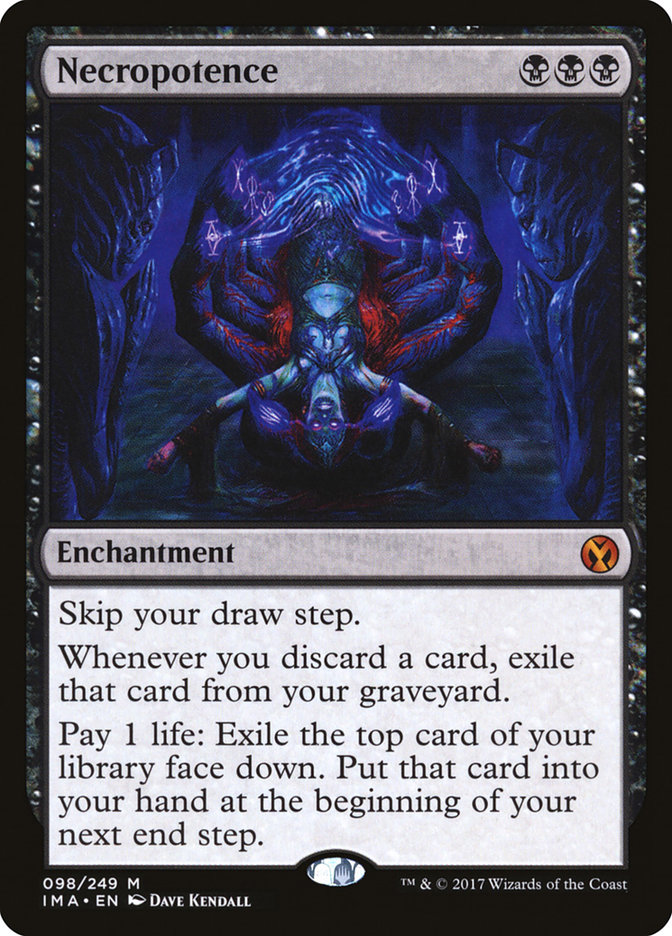
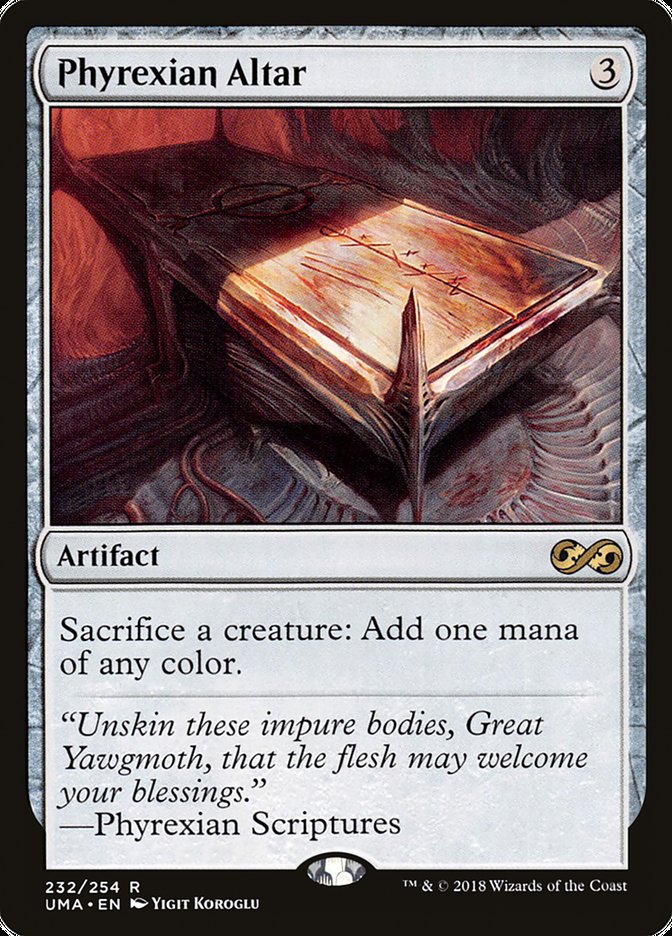
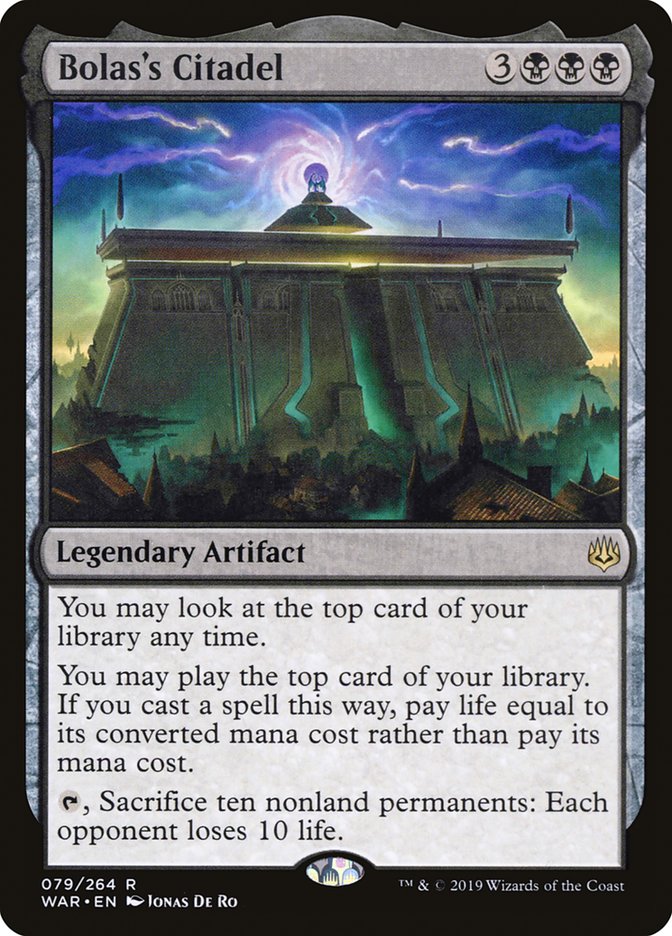
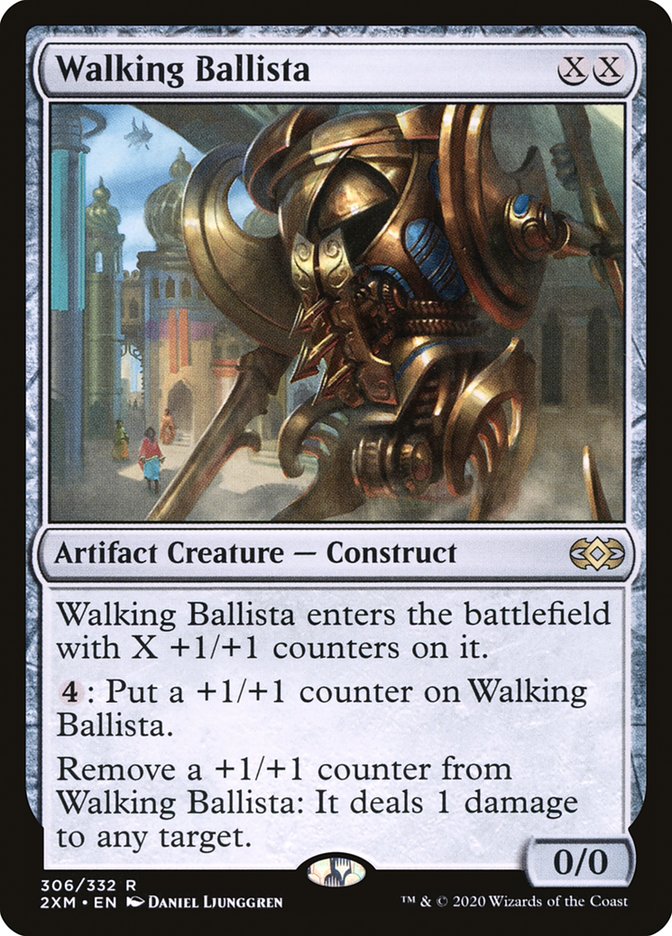


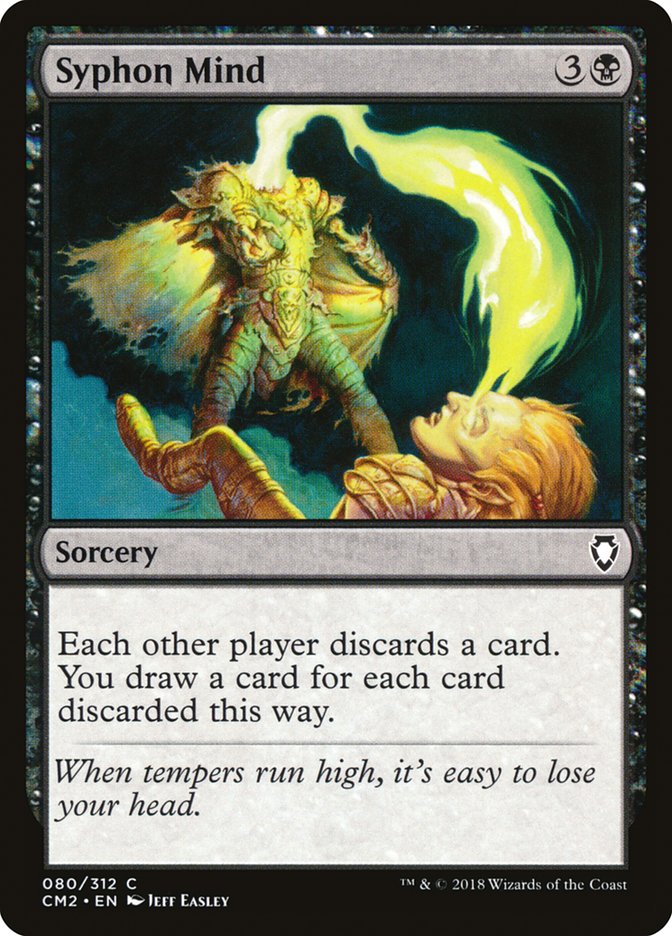
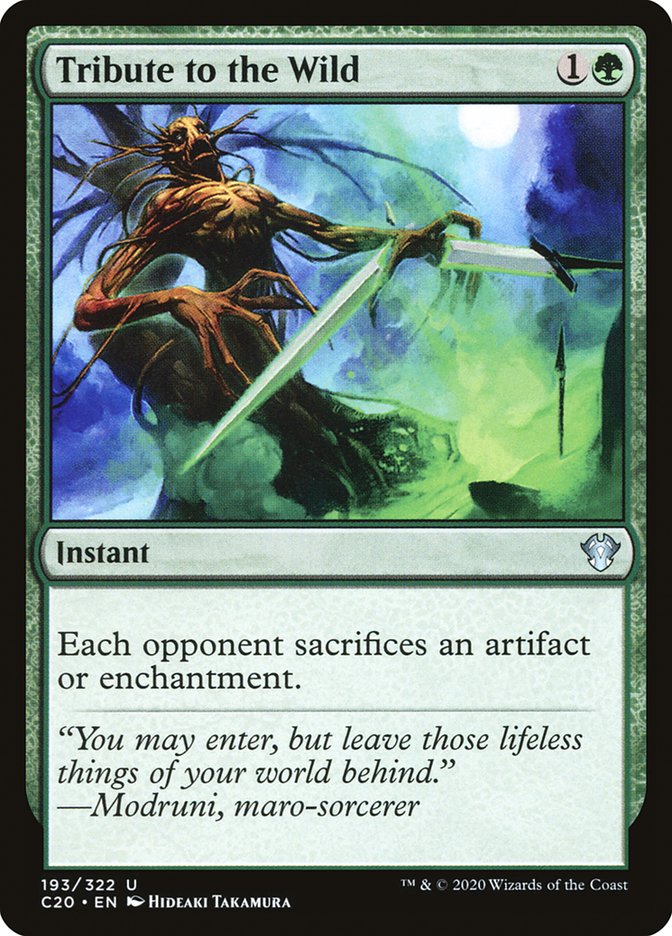

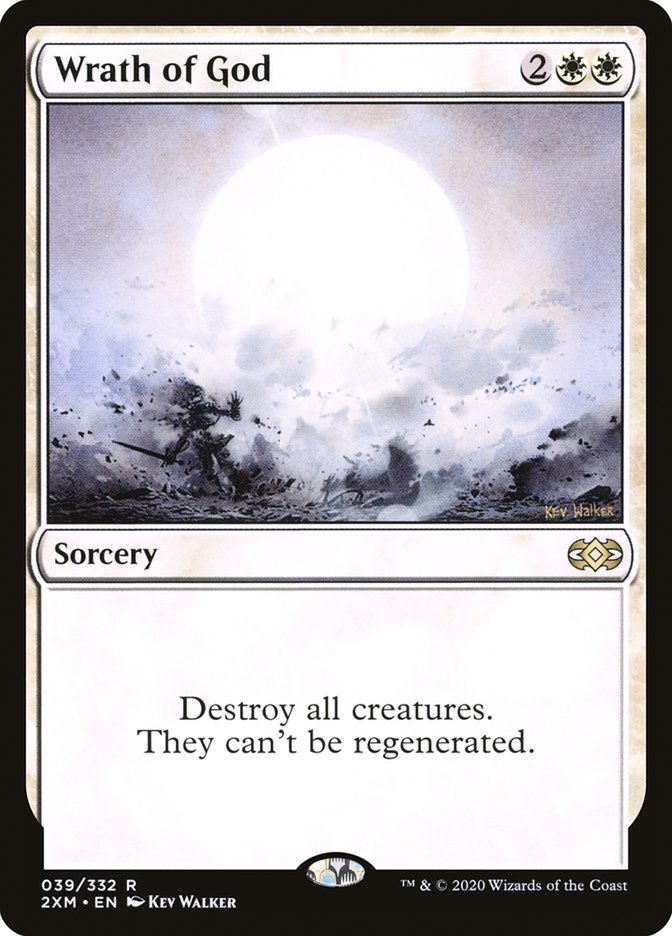
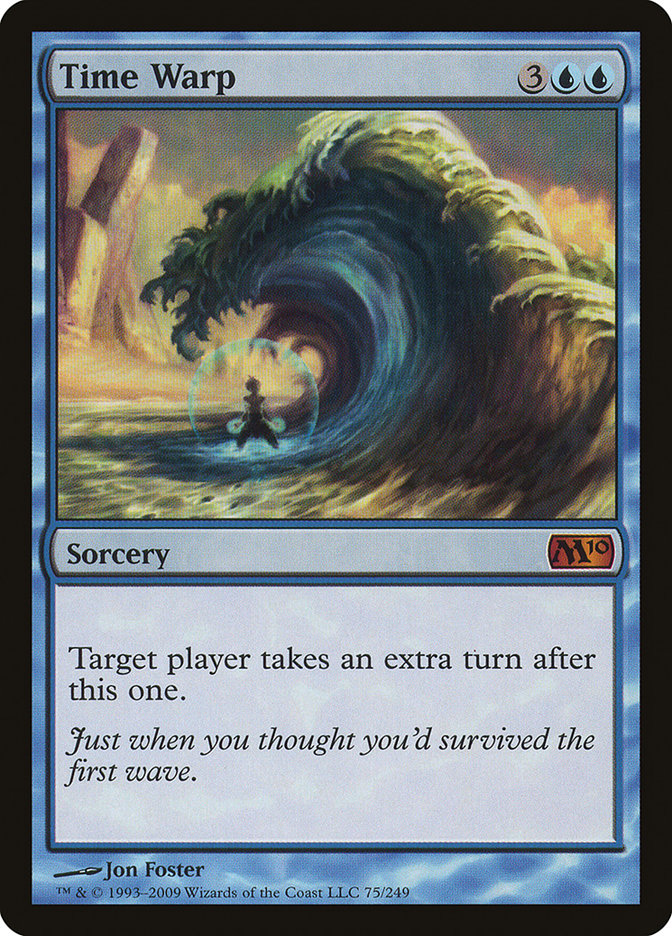



Interesting philosphy , i usually go for power decks and not tone down to lower power decks around me everyone else has got to just deal with me . Lower skill player ,lower power deck ,high skill player or high power deck player are all the samething to me eg i dont discriminate the differences . I come from play groups that those factors are never considered ,pub stomps just happen when they do ,it is what it is basically simple j7st after each game just go onto the next . I understand that card or deck money value dont determine player power its the skill of the player piloting the deck that it comes down too